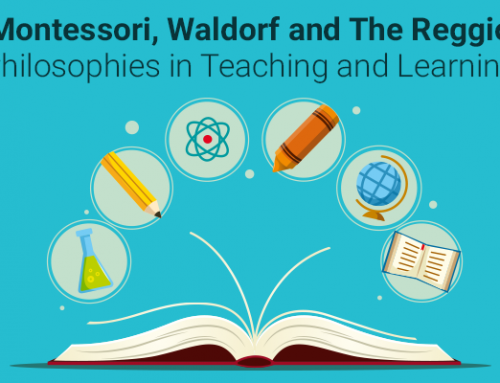Definition:
‘Cognition’ or the ability of the human brain to learn/understand any information depends on the load or amount/volume of information that is supplied to it in any given amount of time. Thus, the Cognitive Load Theory proposes that learners are capable of absorbing/retaining the supplied information effectively only if there their mental capacity is not “overloaded”. Scientifically speaking our short term memory or working memory (similar to RAM) cannot take-in an infinite supply of information and there is a limit.
The Cognitive Load Theory explains how each person is equipped with a mental “schema” or series of structures for problem solving as well as thinking. Also, it is important to know that human mind processes auditory and visual information separately. Auditory schemas of working memory do not compete with the visual ones. This is called the “Modality Effect.”
Split-Attention Effect is triggered when too many visual sources of information is included in the study material (flowcharts, diagrams, labels, etc.). This divides the student`s attention. This in turn increases the cognitive load and restricts the creation of new schemas in the brain.
Types of cognitive load:
Intrinsic:
This is an inherent property associated with the nature of certain tasks or problems because some activities are always harder to learn than others. Thus, the difficult ones usually have more potential to cause an intrinsic cognitive overload in human brain than the easier tasks.
Extraneous:
This type encompasses all non-relevant and unimportant information that tend to make unnecessary use of the brain. Extraneous cognitive overload occurs when any study material has pages of information in which the real important piece of information is hidden within other useless texts.
Germane:
This is the good kind of cognitive load. Germane load imposes the brain to construct new schemas and automate them and hence has a positive effect on learning.
Applying cognitive load theory to training and learning
- If an attempt is made to deliver all the information at once, then the recipient student will get saturated and will neither be able to learn effectively nor will be able to recall the knowledge later when needed. Good instructional methods avoid overloading the working memory with additional activities that make no direct contribution to learning.
- In any e-learning material if there is visual information as well as auditory information, it significantly decreases the cognitive load on a student’s visual working memory by making use of their auditory channel memory space as well.
- The Split-Attention Effect can be taken care of by integrating visual information together instead of separate parts. For example: Trying to incorporate labels in diagrams and explanatory text in figures will keep the student`s attention in one place at one time.
- Another way to effectively combat cognitive load while preparing training material is to divide the entire content into smaller portions. This way, students will read forward only when they have fully absorbed the current material. Thus, overloading the working memory can be avoided and the learnt information can successfully move to the long term memory for future reference.













